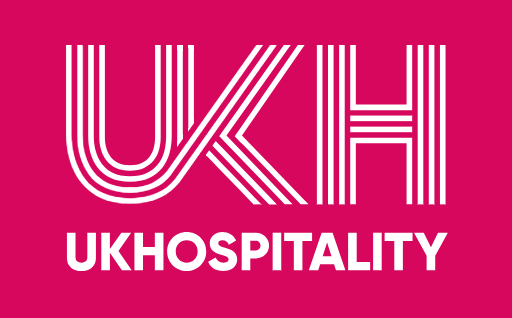
Reducing waste in hospitality
Released On 27th Sep 2023
Reducing the amount of waste that your business produces has never been more important. Not only will this help you cut your carbon footprint and propel you towards the sector’s net zero targets, but reducing waste also has significant financial benefits.
There are many quick wins that hospitality businesses can make to reduce the waste they produce. This article outlines a basic process and some simple ideas to help do so, and you can find more detail in our free Environmental Sustainability Guide.
1-2-3
At its most simplified, food waste and sustainability in hospitality businesses can look like this 3-step journey:
Staff buy-in and engagement
From the support of your directors to incentivising your on-the-ground team members, set your organisation up for successful sustainability by having all levels on board.
Identifying your waste Audit your levels of waste, recycling and packaging usage. Knowing the base level you’re starting from is necessary to measure your success.
Reducing your waste
This covers not just food, but packaging (received and handed out), plastic, non recyclable waste, fat oil and grease, water, and textiles. There will be some quick wins you can make, but some will take longer term strategies and discussions with your suppliers.
There are many elements to reducing waste, but below are some tips to help you start thinking about how to approach this mountain – by breaking it into bite sized pieces.
Good kitchen sense
Keep a diligent eye on fresh produce and only purchase what you know you will need. Try ordering smaller and more often, and even better if you can buy local.
It’s important to keep ingredients fresh as long as possible. Use airtight containers or cling film to keep ingredients fresh – or freeze them!
FIFO – first in, first out! Store newer items at the back to ensure older items are used first. Label and date new supplies as they come in, and ensure all staff understand the essential nature of this approach.
Download our sustainability guide for free here.
Menu management
There’s a dish like this on every menu – it’s got a good margin on it but it’s just not being ordered. How can you increase its popularity? Staff upsell incentives? ‘Chef’s special?’ If it’s not working for customers it’s not working for you.
Review your list of popular but low-margin dishes to see whether you can find more profitable ways to cook them. How can your ingredients work smarter? Putting a vegan sauce on a meat dish? Not finishing mash off with butter until it’s ordered?
High margin and popularity dishes (continue selling and finessing these) – are you able to isolate the elements that make them so popular and apply these learnings to the less popular sellers?
Dialogues to build trust and loyalty
Ask your regular customers about their thoughts on food waste, and let them know that you’re working to reduce it. Ask for their ideas.
Start offering different portion sizes. Once you have the POS setup, you can track trends of sizes ordered during your peak times and order your supplies more strategically.
For dine in, do you offer a doggy-bag as standard for people unable to finish their plate?
We understand that everyone is at different stages in their net zero journey. That’s why we’ve launched our Environmental Sustainability Guide for SMEs in the sector. The sustainability guide is available for free here.
For further free learning we recommend the Guardians of Grub course offered by our partners, WRAP.






